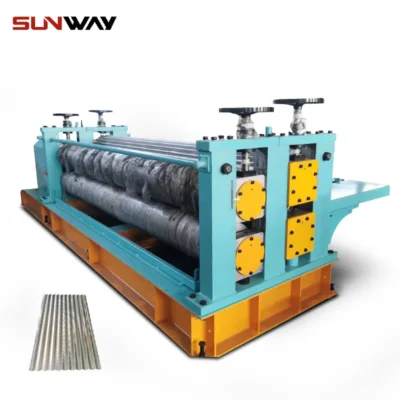Corrugated sheet roll forming machines are essential equipment in the manufacturing industry, used for producing a wide range of corrugated sheets for roofing, cladding, and other applications. These machines work by gradually bending and shaping metal sheets into a corrugated profile.
The use of roll forming machines has become increasingly popular in recent years due to their efficiency, accuracy, and versatility. They can produce large quantities of high-quality corrugated sheets at a relatively low cost, making them an attractive option for businesses looking to streamline their manufacturing processes.
When choosing between manual and automated corrugated sheet roll forming machines, several factors need to be considered. Manual machines are generally more affordable and easier to maintain, but they may require more operator skill and have lower production rates. Automated machines, on the other hand, can produce higher volumes of corrugated sheets with greater precision and consistency, but they come with a higher upfront cost and more complex maintenance requirements.
Other factors to consider include the specific production volume, the desired level of automation, the product specifications, and the budget constraints. It is important to carefully evaluate these factors to determine which type of machine is best suited for the business’s needs.
In summary, corrugated sheet roll forming machines play a vital role in manufacturing processes, and the choice between manual and automated options depends on various factors. Businesses must consider the production volume, product specifications, and budget constraints to make an informed decision about which machine is the best fit for their needs.
Manual Corrugated Sheet Roll Forming Machines
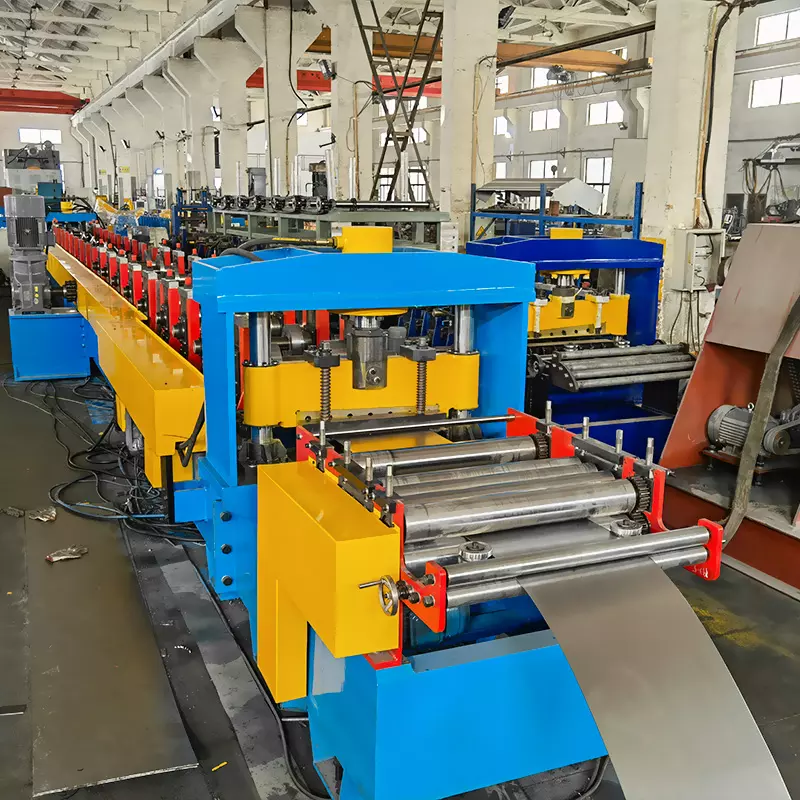
Manual corrugated sheet roll forming machines have several features and benefits that make them an attractive option for businesses with specific production needs. Some of these features and benefits include:
- Affordability: Manual machines are generally more affordable compared to automated options, making them an attractive option for businesses on a tight budget.
- Simplicity: Manual machines are simple and easy to operate, with a minimal learning curve. They do not require any special training or technical expertise to operate.
- Ease of maintenance: Manual machines are relatively easy to maintain, with simple mechanical components that can be easily repaired or replaced.
However, manual machines also have limitations, including:
- Slower production rates: Manual machines have slower production rates compared to automated options, which can limit the overall output and productivity of the business.
- Greater reliance on operator skill: Manual machines require more operator skill and attention to detail, as the quality of the final product is largely dependent on the operator’s ability to maintain consistency throughout the production process.
- Limited precision: Manual machines may not be as precise as automated options, as the operator’s manual adjustments may result in slight variations in the final product.
While manual machines may be suitable for small-scale production runs or for businesses with limited production needs, they may not be ideal for businesses looking to scale up production or maintain a high level of precision and consistency. It is important to carefully evaluate the specific production needs and budget constraints to determine whether a manual or automated machine is the best fit for the business.
Automated Corrugated Sheet Roll Forming Machines
Automated corrugated sheet roll forming machines have several features and benefits that make them an attractive option for businesses with high production volumes and a need for precision and consistency. Some of these features and benefits include:
- Higher production rates: Automated machines can produce corrugated sheets at a much faster rate compared to manual machines, increasing the overall output and productivity of the business.
- Greater precision: Automated machines are more precise, with computer-controlled processes that ensure consistency and accuracy throughout the production process.
- Reduced labor costs: Automated machines require less operator intervention, reducing the need for manual labor and potentially lowering labor costs.
However, automated machines also have potential drawbacks, including:
- Higher upfront costs: Automated machines can have a higher upfront cost compared to manual machines, making them less accessible for smaller businesses or those on a tight budget.
- Greater complexity: Automated machines are more complex and may require more technical expertise to operate and maintain, increasing the need for specialized training or technical support.
- Increased downtime: Automated machines may require more maintenance or repairs, leading to more downtime and potential loss of productivity.
While automated machines may be suitable for businesses with high production volumes or a need for precision and consistency, they may not be the best fit for smaller businesses or those with limited budgets. It is important to carefully evaluate the specific production needs and budget constraints to determine whether a manual or automated machine is the best fit for the business.
Cost Comparison of manual and automated Sheet Roll Forming Machines
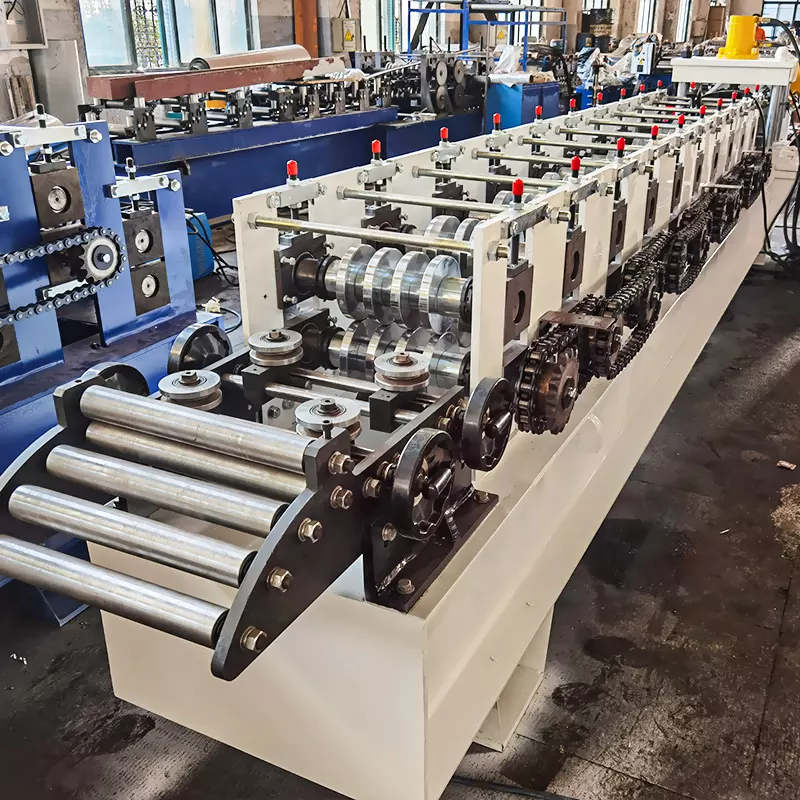
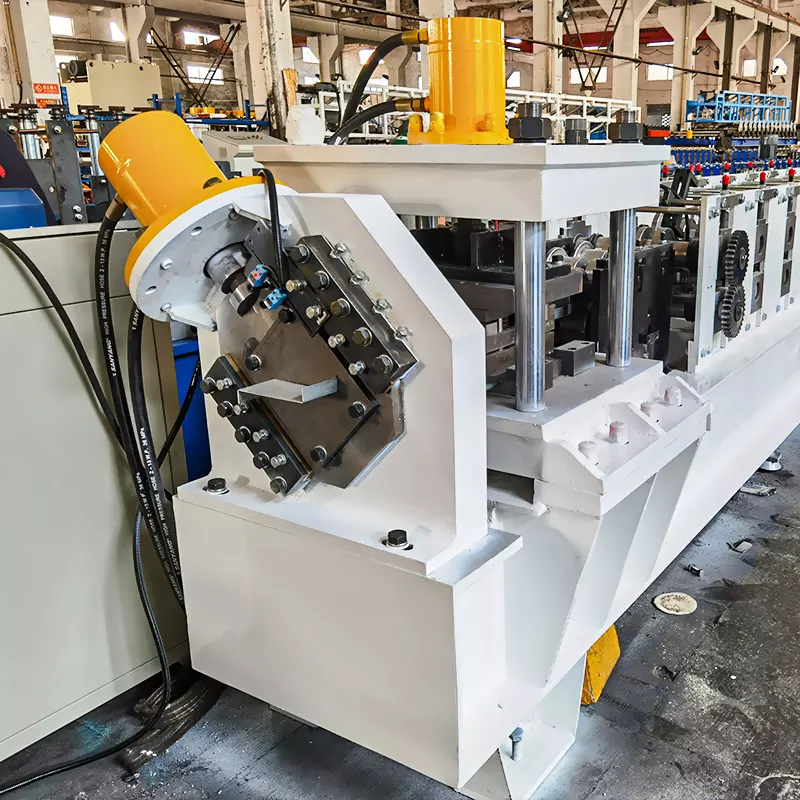
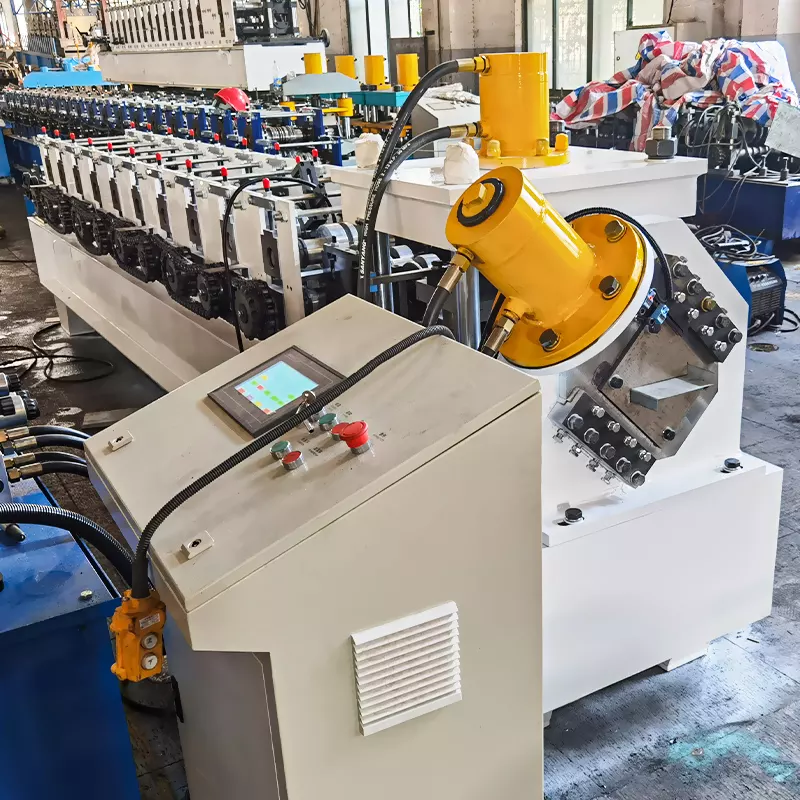
When comparing the costs of manual and automated corrugated sheet roll forming machines, businesses need to consider several factors, including upfront investment, maintenance costs, and operational expenses.
Upfront Investment: Automated machines have a higher upfront cost compared to manual machines due to their advanced technology and sophisticated features. However, businesses should also consider the potential cost savings over time, such as increased production rates and reduced labor costs.
Maintenance Costs: Manual machines have lower maintenance costs compared to automated machines, as they have simpler mechanical components that are easier and less expensive to maintain or repair. On the other hand, automated machines require regular maintenance and may require specialized technical support or replacement parts.
Operational Expenses: Operational expenses such as electricity, lubricants, and raw materials are generally similar for both manual and automated machines. However, automated machines may offer energy-saving features that can reduce operational expenses over time.
In terms of cost-benefit analysis, businesses should consider the specific production needs and budget constraints to determine which machine is the best fit. For smaller businesses with limited budgets and production needs, manual machines may be the most cost-effective option. For larger businesses with higher production volumes and a need for precision and consistency, automated machines may offer greater long-term cost savings despite their higher upfront cost.
Ultimately, the decision to invest in a manual or automated corrugated sheet roll forming machine should be based on a careful evaluation of the costs, benefits, and specific production needs of the business.
In summary, corrugated sheet roll forming machines are essential equipment for businesses in the manufacturing industry. When choosing between manual and automated machines, businesses need to consider various factors such as production volume, product specifications, and budget constraints. Manual machines are more affordable and easy to maintain but may have slower production rates and greater reliance on operator skill. Automated machines offer higher production rates and greater precision but come with higher upfront costs and more complex maintenance requirements. Careful evaluation of the costs, benefits, and specific production needs is crucial in determining which machine is the best fit for the business.

